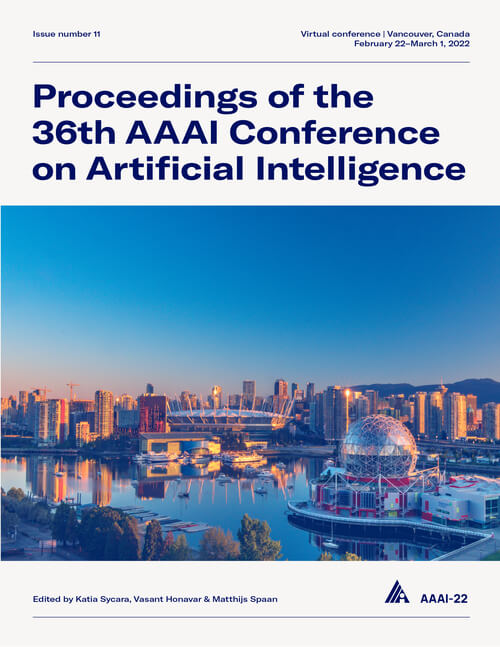TIGGER: Scalable Generative Modelling for Temporal Interaction Graphs
DOI:
https://doi.org/10.1609/aaai.v36i6.20638Keywords:
Machine Learning (ML), Data Mining & Knowledge Management (DMKM)Abstract
There has been a recent surge in learning generative models for graphs. While impressive progress has been made on static graphs, work on generative modeling of temporal graphs is at a nascent stage with significant scope for improvement. First, existing generative models do not scale with either the time horizon or the number of nodes. Second, existing techniques are transductive in nature and thus do not facilitate knowledge transfer. Finally, due to relying on one-to-one node mapping from source to the generated graph, existing models leak node identity information and do not allow up-scaling/down-scaling the source graph size. In this paper, we bridge these gaps with a novel generative model called TIGGER. TIGGER derives its power through a combination of temporal point processes with auto-regressive modeling enabling both transductive and inductive variants. Through extensive experiments on real datasets, we establish TIGGER generates graphs of superior fidelity, while also being up to 3 orders of magnitude faster than the state-of-the-art.Downloads
Published
2022-06-28
How to Cite
Gupta, S., Manchanda, S., Bedathur, S., & Ranu, S. (2022). TIGGER: Scalable Generative Modelling for Temporal Interaction Graphs. Proceedings of the AAAI Conference on Artificial Intelligence, 36(6), 6819-6828. https://doi.org/10.1609/aaai.v36i6.20638
Issue
Section
AAAI Technical Track on Machine Learning I

